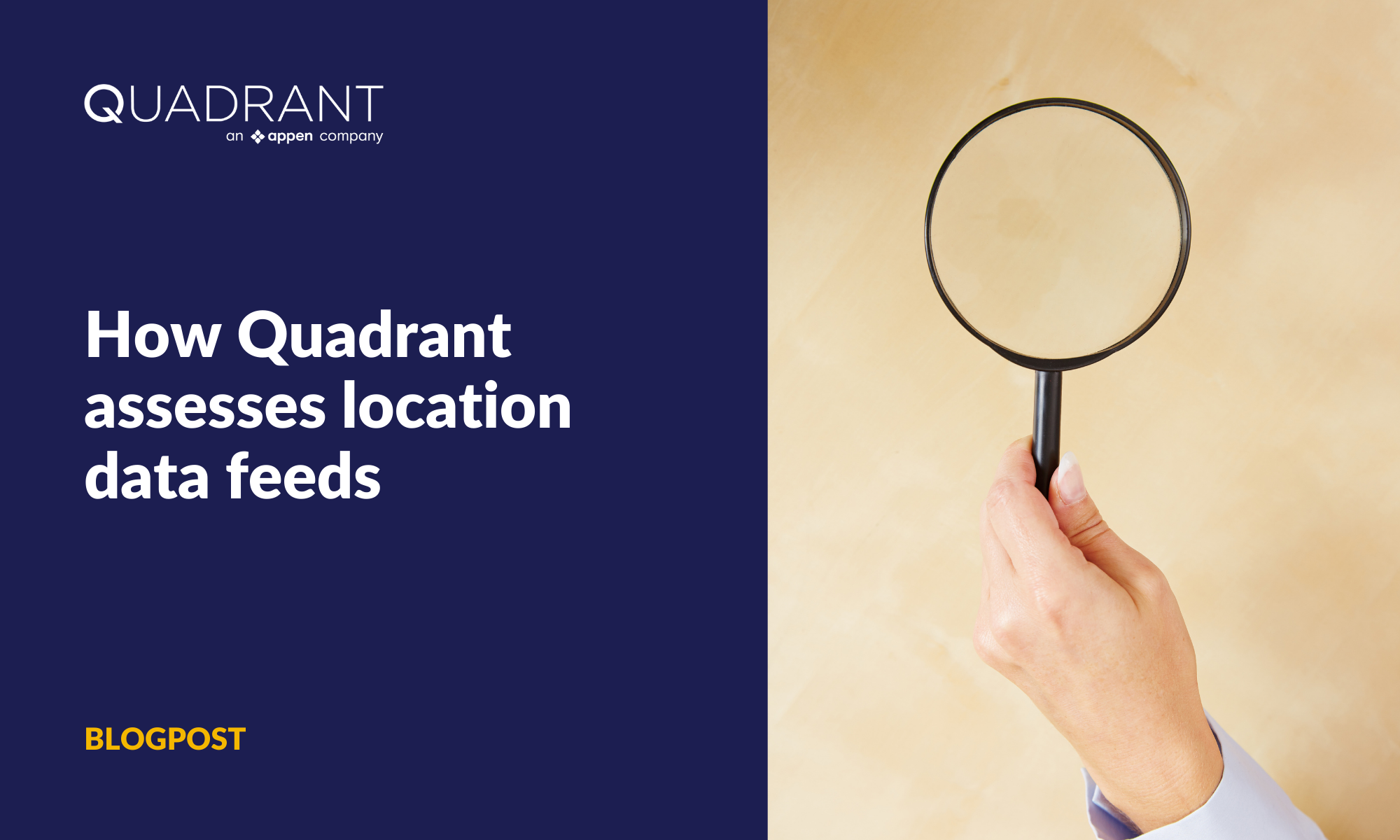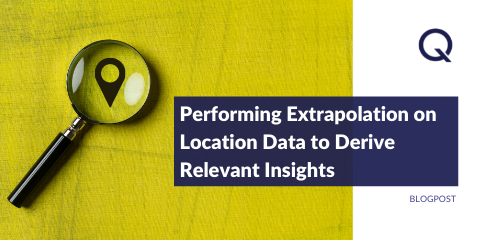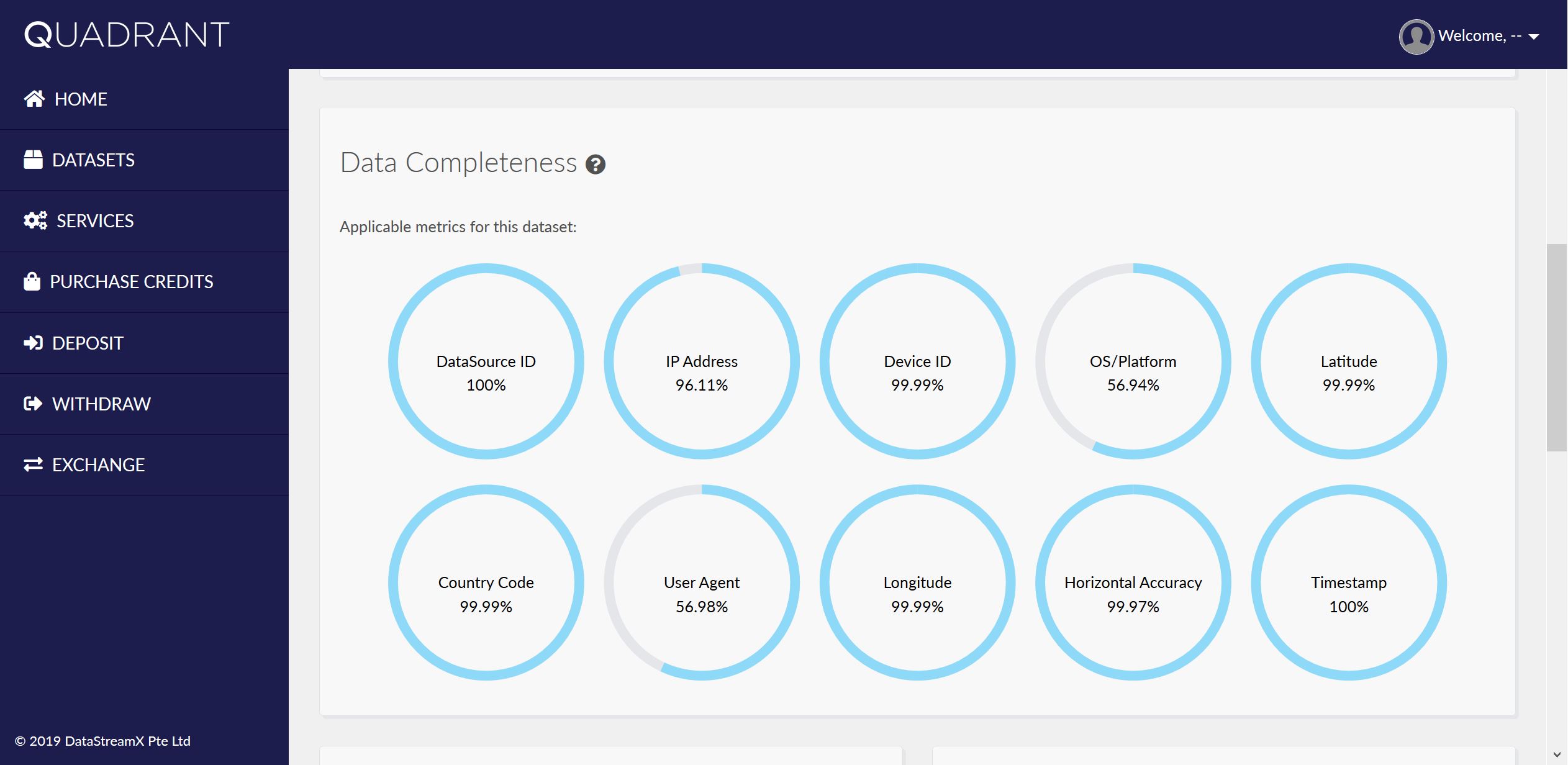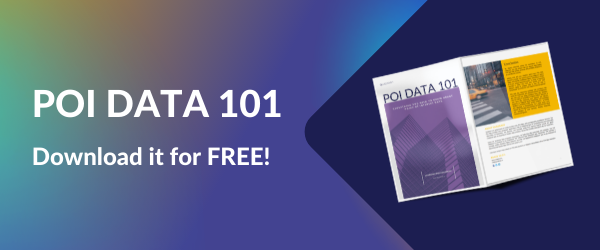Businesses that want to leverage location data must procure high-quality datasets because erroneous data will result in false insights, and therefore, poor decision making. However, not all market participants are transparent about their data practices. In this article, we share background information about how the team at Quadrant analyses the quality of location data we provide our buyers – some of the steps we take to ensure it is of the highest quality possible for their particular use cases.










